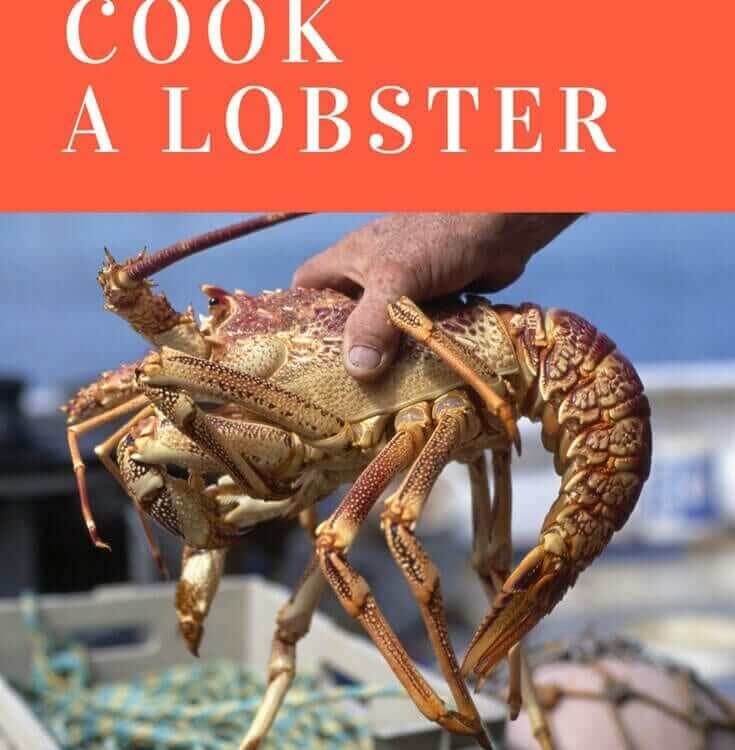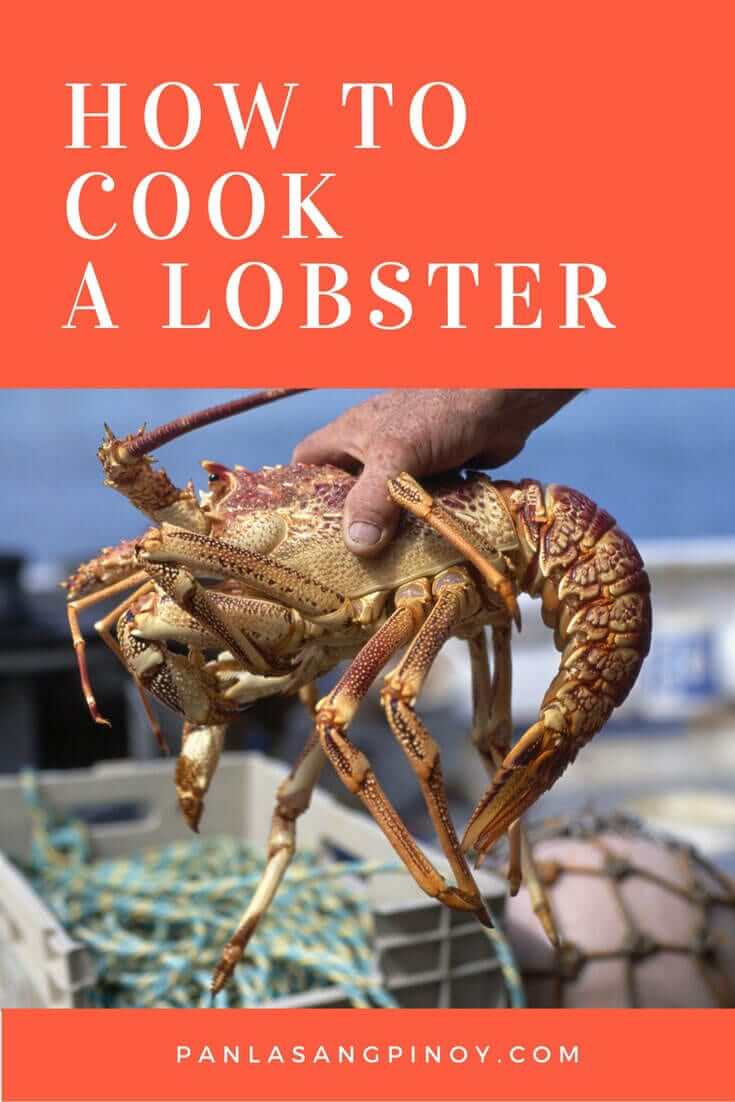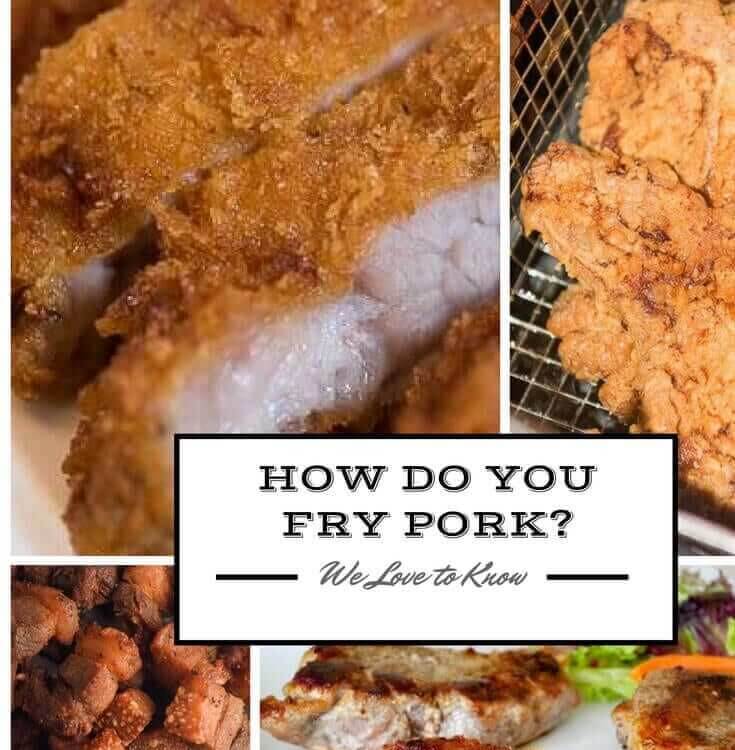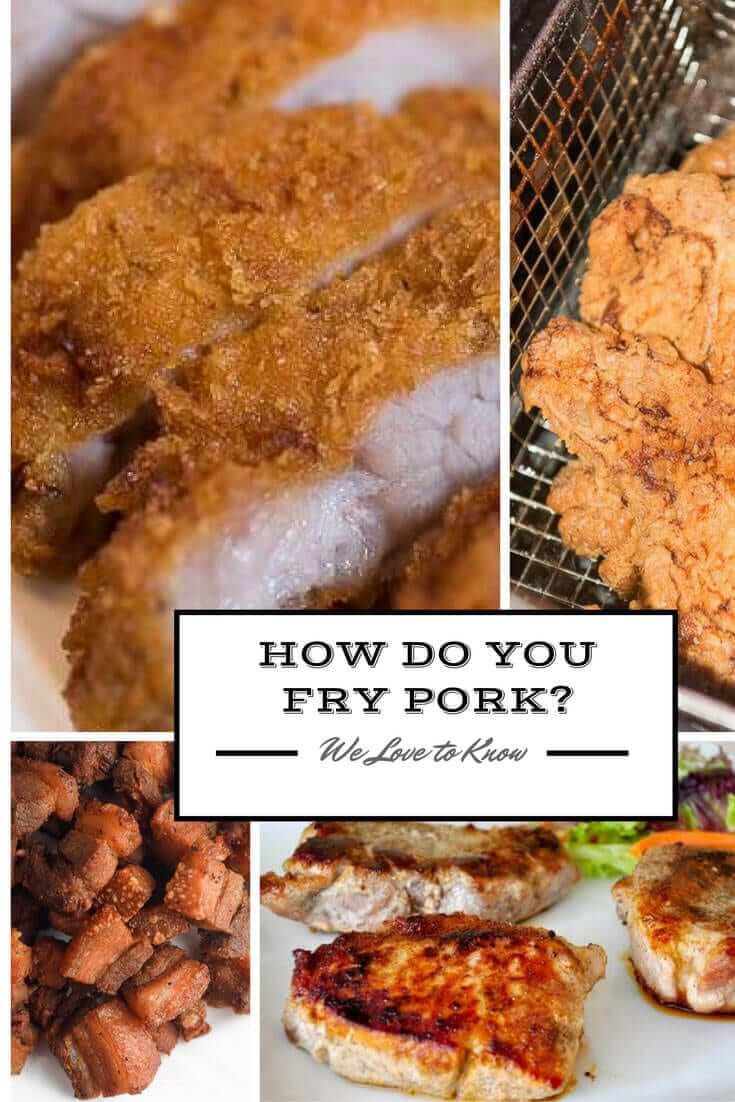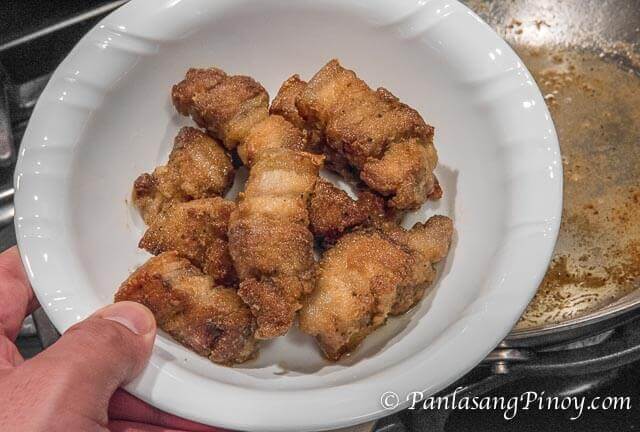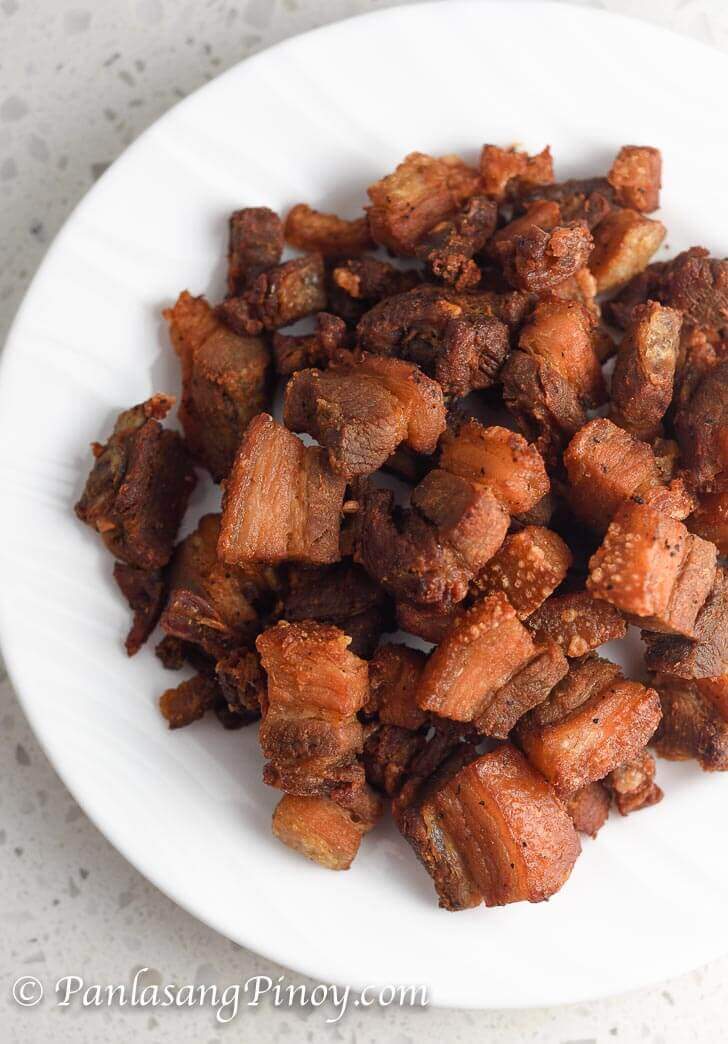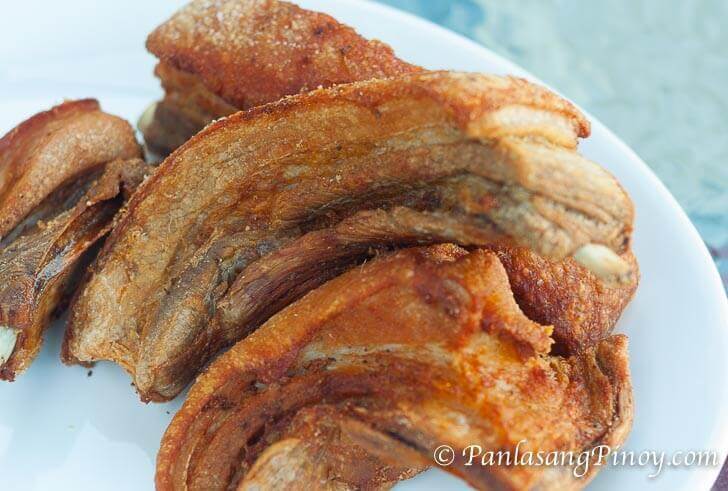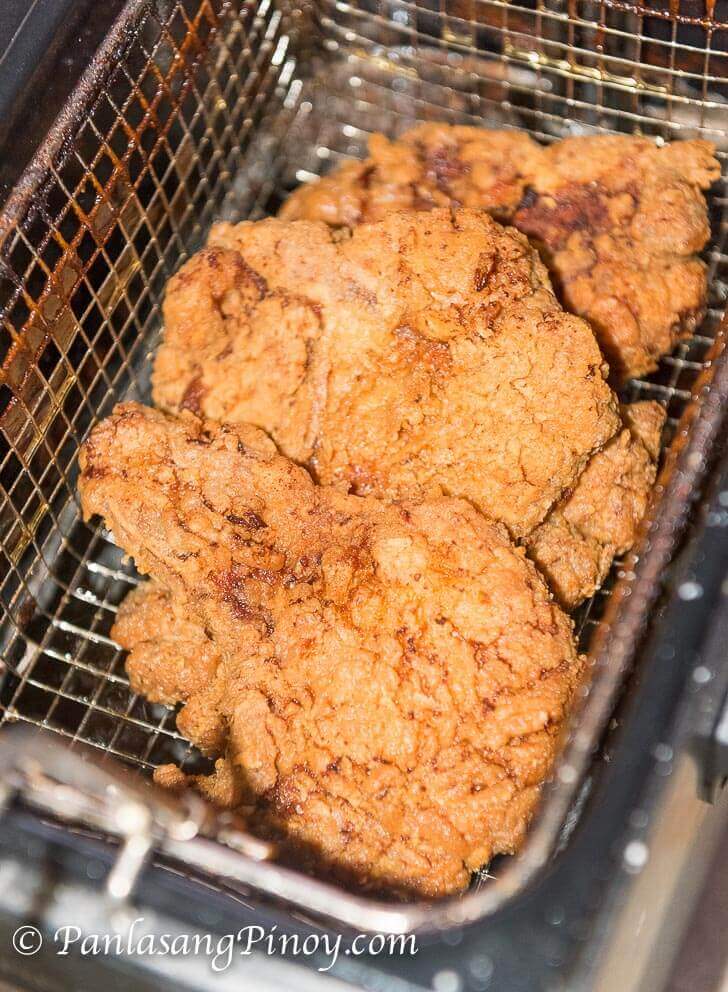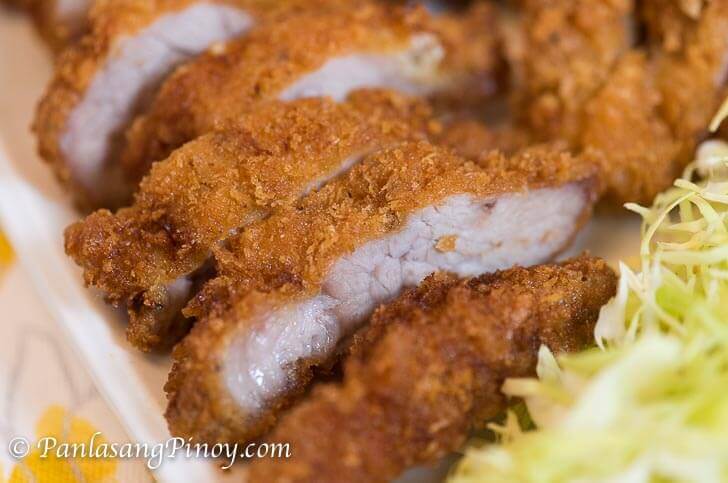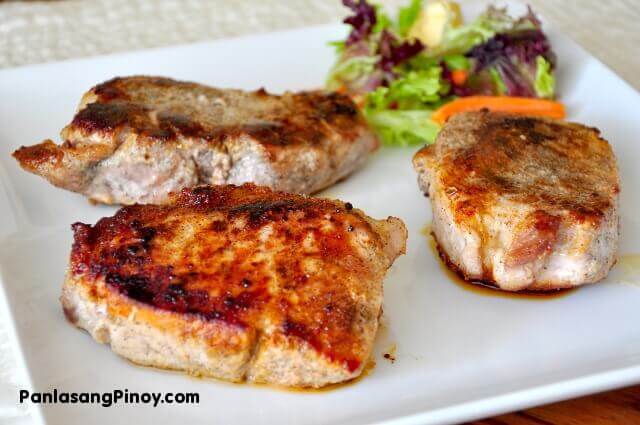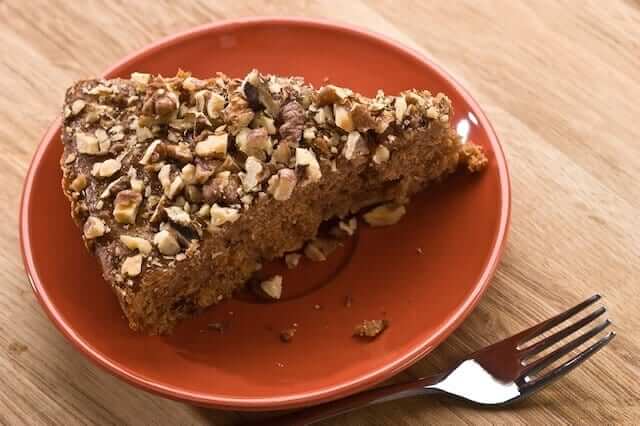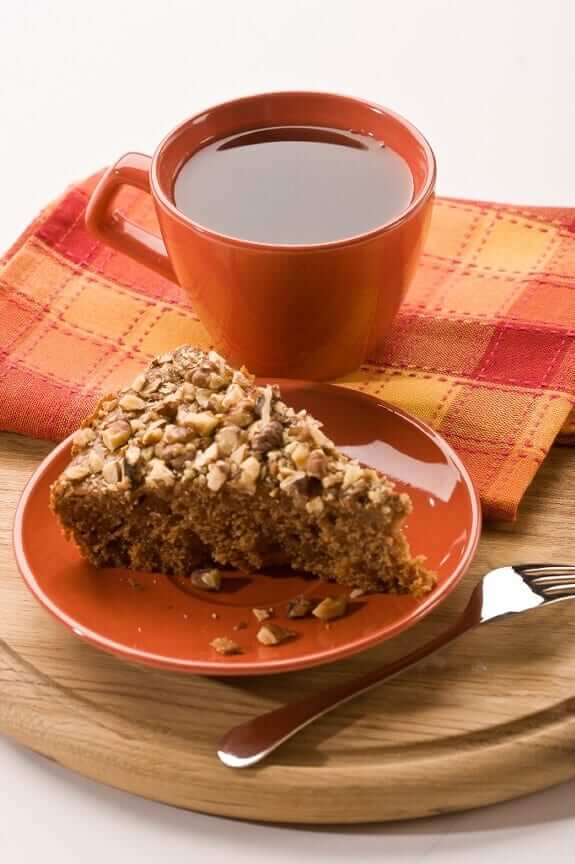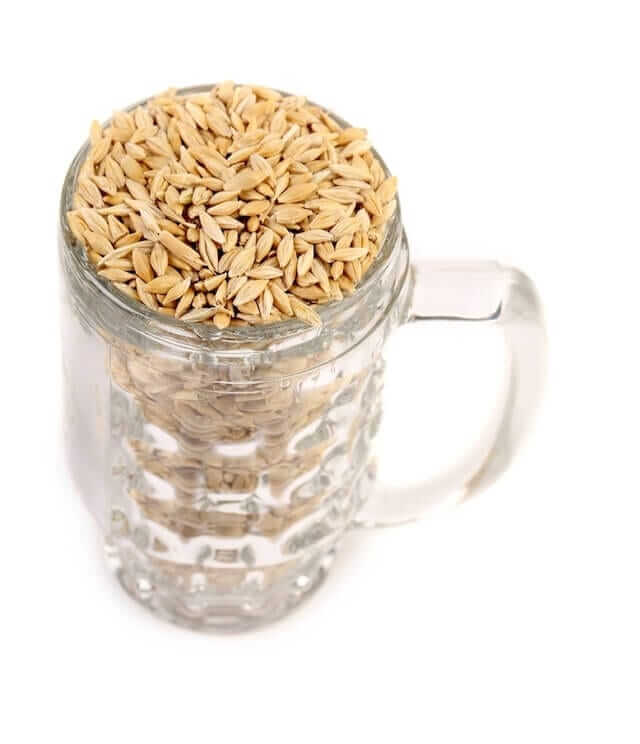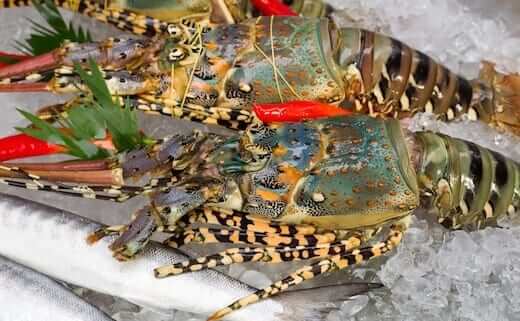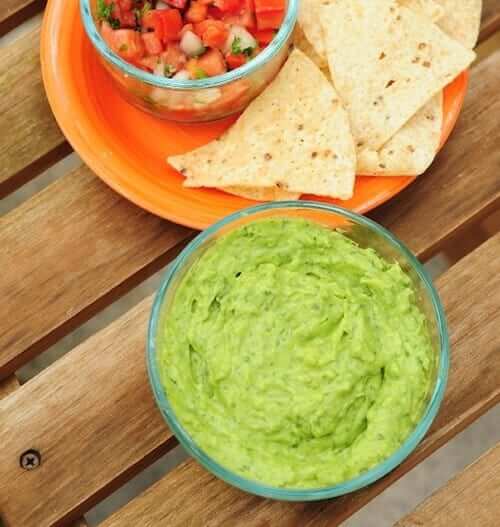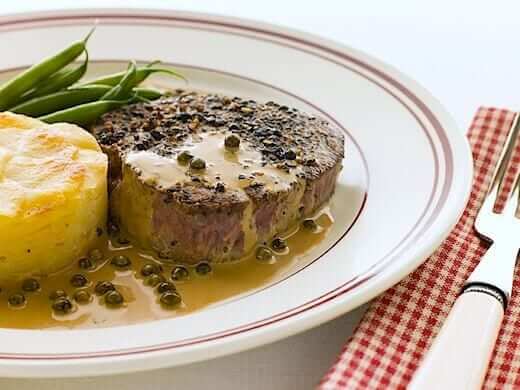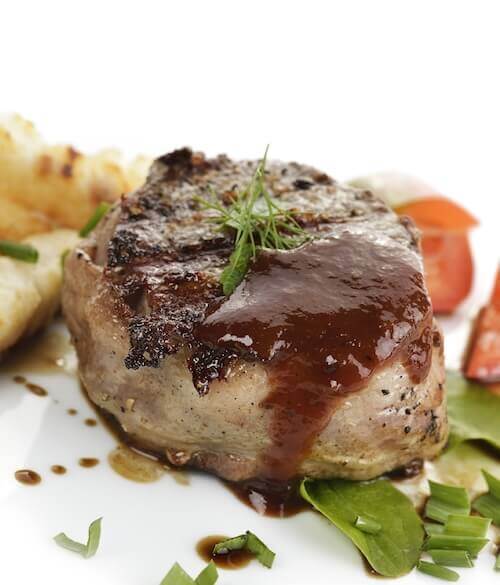How to Cook a Lobster
Lobsters are loved for their tender meat and if cooked well, can make a delicious meal. Because of their size and shells, knowing how to cook a lobster properly can be challenging. Different cooking methods require lobsters to be prepped in different ways and cooked for varying periods of time. Use these helpful guidelines and tips on how to cook a lobster the right way.
Buying the Best Lobster
To ensure freshness, lobsters should always be purchased live. The best lobster vendors usually have live lobsters displayed in a water tank. If you intend on using lobster meat in recipes, it is advisable to choose smaller lobsters. If you want to eat lobster as a meal on its own, bigger is better. Lobster sizes usually range from 1 pound to 5. The size you pick will depend on the number of people you want to feed or how much lobster meat your recipe requires.
If you are into lobster tails, I created an entire post wherein I shared some tips on how to buy lobster tails.
How to Cook a Lobster on Stovetop
The two basic ways to cook a lobster on stovetop is boiling and steaming. While boiling is easier and faster, steaming preserves flavor and can prevent overcooking the lobster meat. For both cooking methods, you will need:
• Whole fresh lobsters
• Sea salt as needed
• Butter and other seasonings to taste
Boiling Whole Lobsters
- Make sure you have a large pot that can sit whole lobsters comfortably without overcrowding. Fill the pot with water and add about a tablespoon of sea salt. The general rule of thumb is to pour 3 quarts of water per 1-2 pounds of lobster.
- Bring the water to a boil, drop in the lobsters and begin tracking the cooking time. Use the cooking time guidelines below.
• 1 lb. = 8 minutes
• 1 ½ lb. =11-12 minutes
• 2 lbs. =15 minutes
• 2 ½ lbs. =20 minutes
• 3 lbs. = 25 minutes
• 5 lbs. = 40 minutes - Lobsters are cooked when the shell is bright red and the meat between the carapace and tail is white. Use shears to crack open the shell, season with butter, salt, pepper, garlic powder and other seasonings, and serve.
Steaming Whole Lobsters
Steaming is a great way to learn how to cook a lobster because it is gentler and less strict on cooking times than boiling.
- Add water and a tablespoon of sea salt to a pot. Bring to the boil.
- Arrange lobsters on a steaming rack and place it over the boiling salted water. Steam covered. To determine steaming time, just add 2 minutes to the recommended boiling times above. 1 pound of lobster, for instance, should take 10 minutes to steam.
How to Cook a Lobster in the Oven
- Boil lobsters in salted water for 3 minutes max in a large pot. Remove from pot and plunge into ice water and let it cool for 5 minutes.
- Remove from ice water and use kitchen shears to slice the lobster lengthwise. Peel off the top shell and take out the innards. Separate the knuckle and claw.
- Brush the whole lobster with softened butter and bake in 400F heat. Lobster is ready when it reaches 140F on a meat thermometer or the meat is white and tender. Season with salt and spices. Serve.
You might also want to refer to this post for more information on how to cook lobster.
